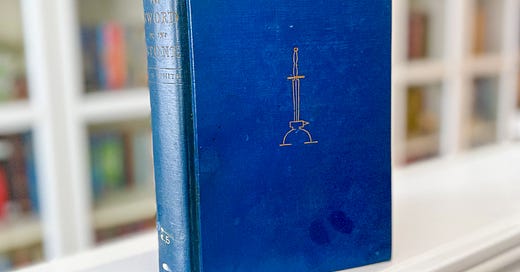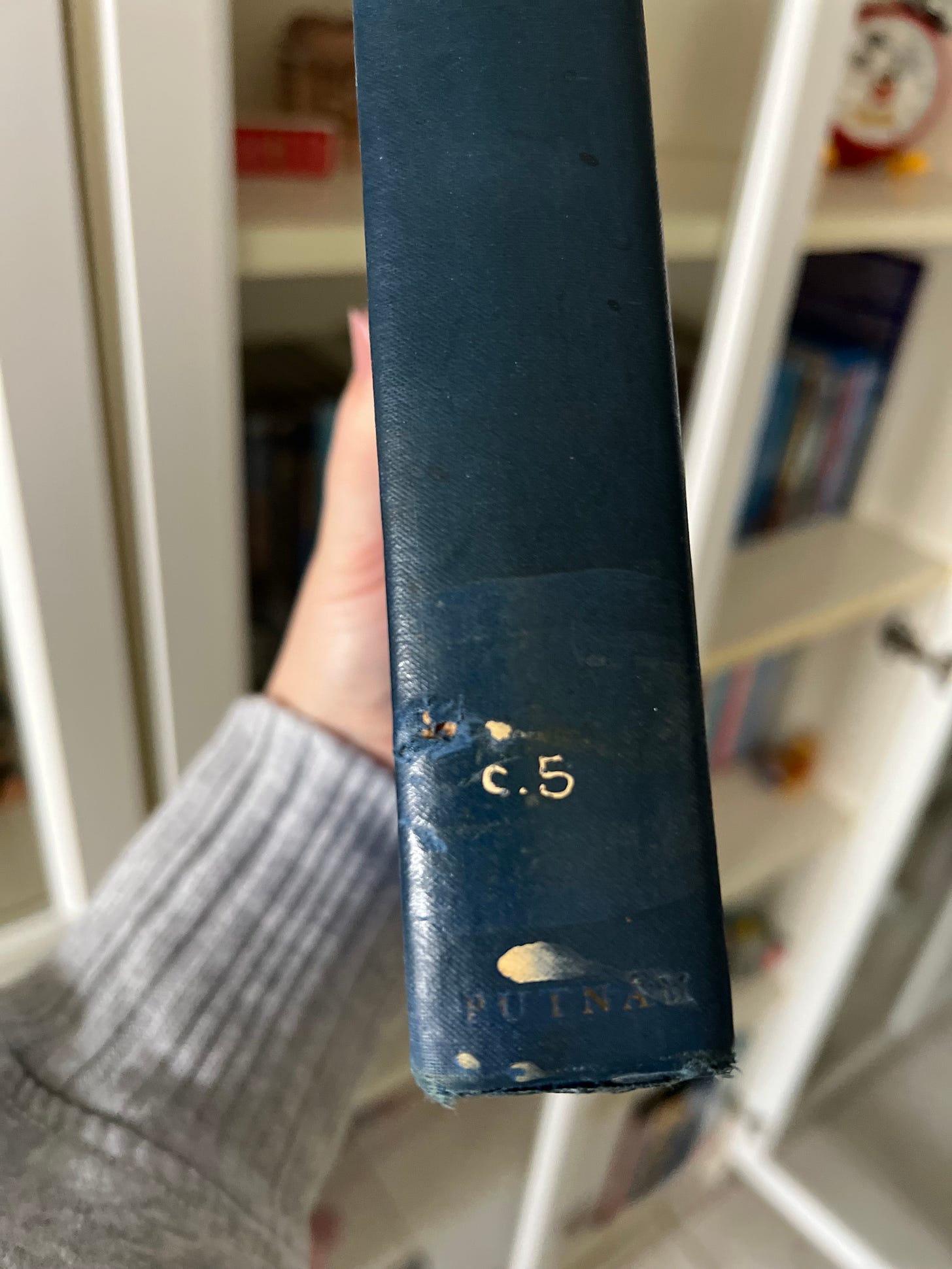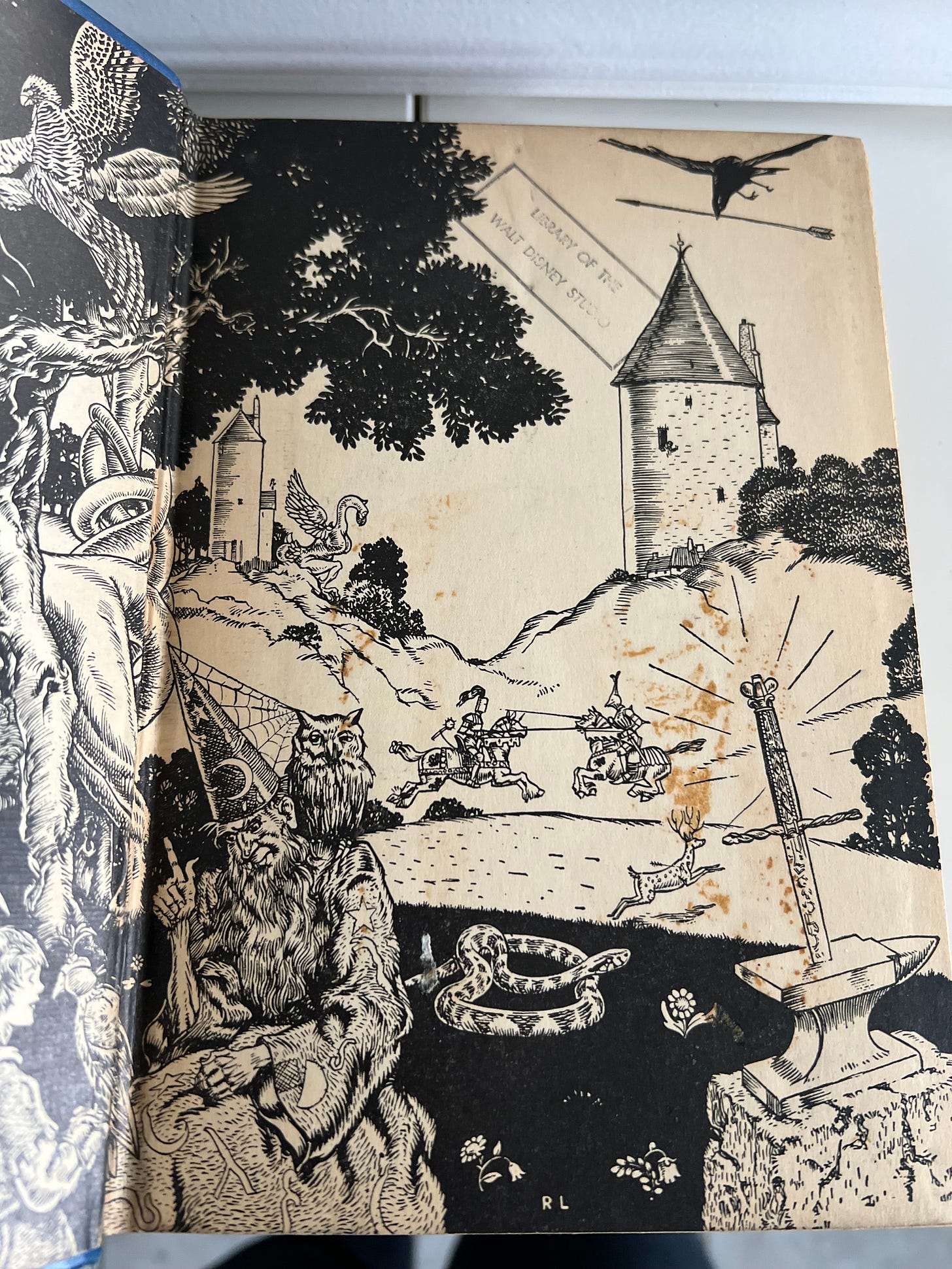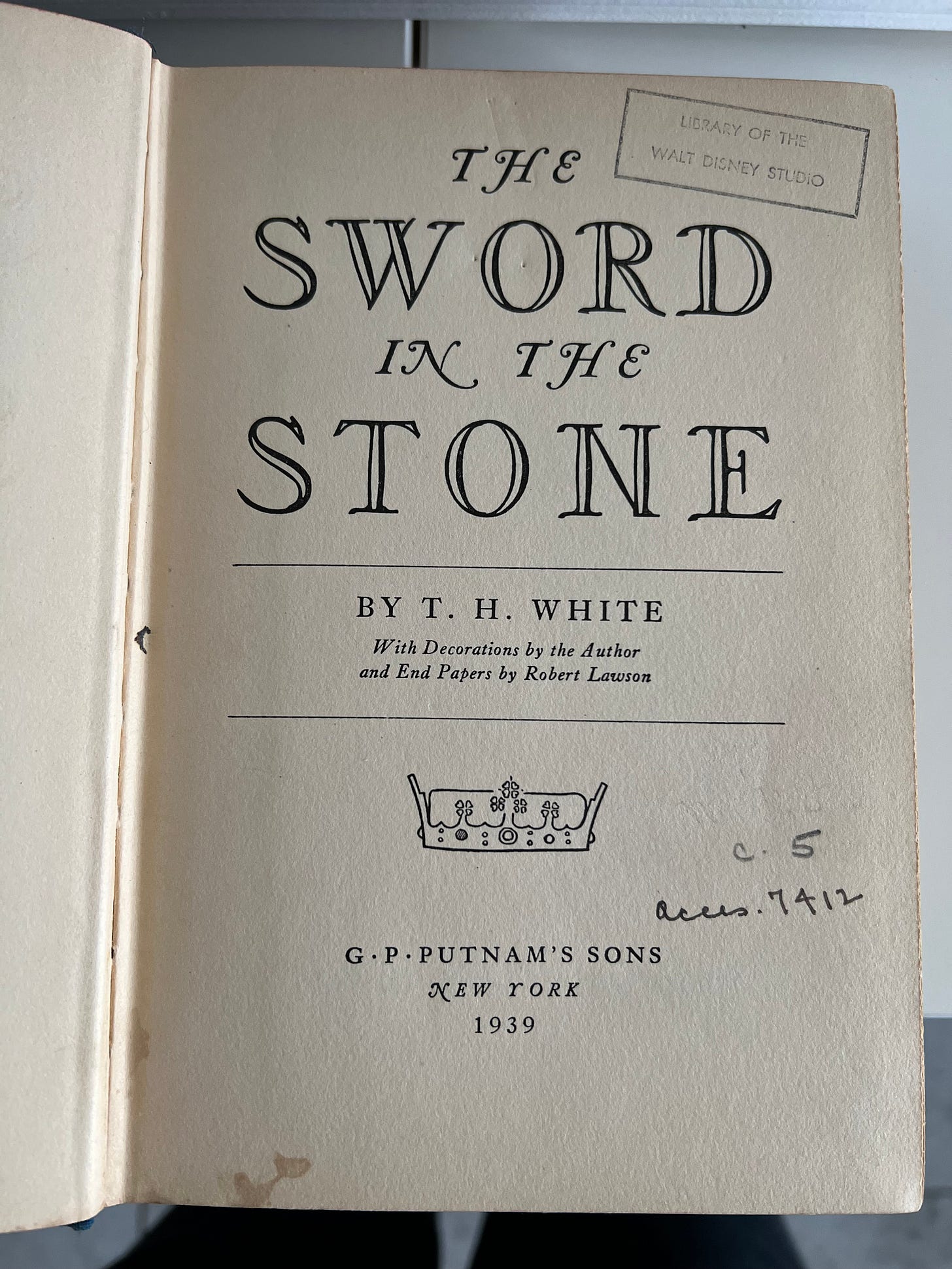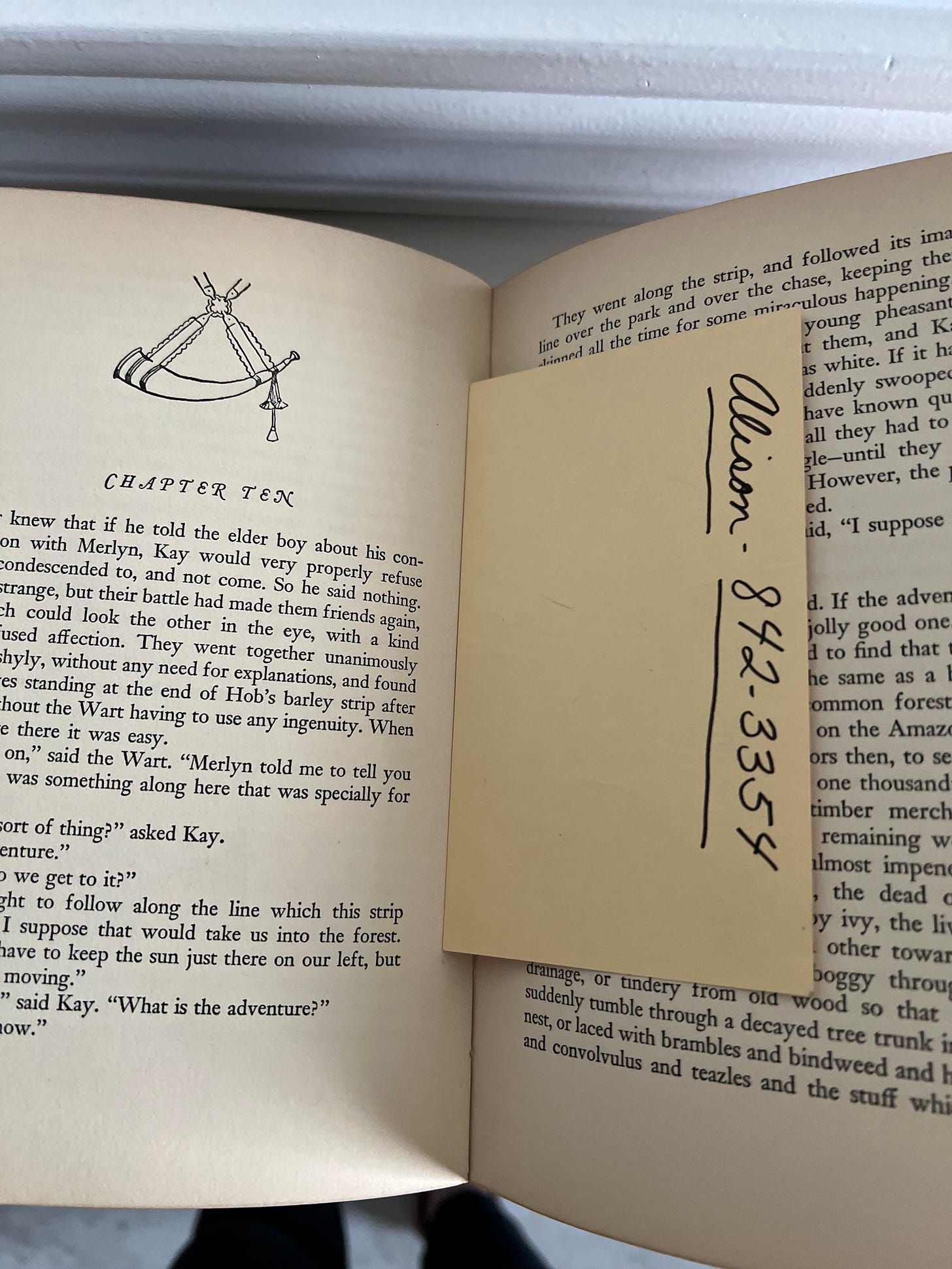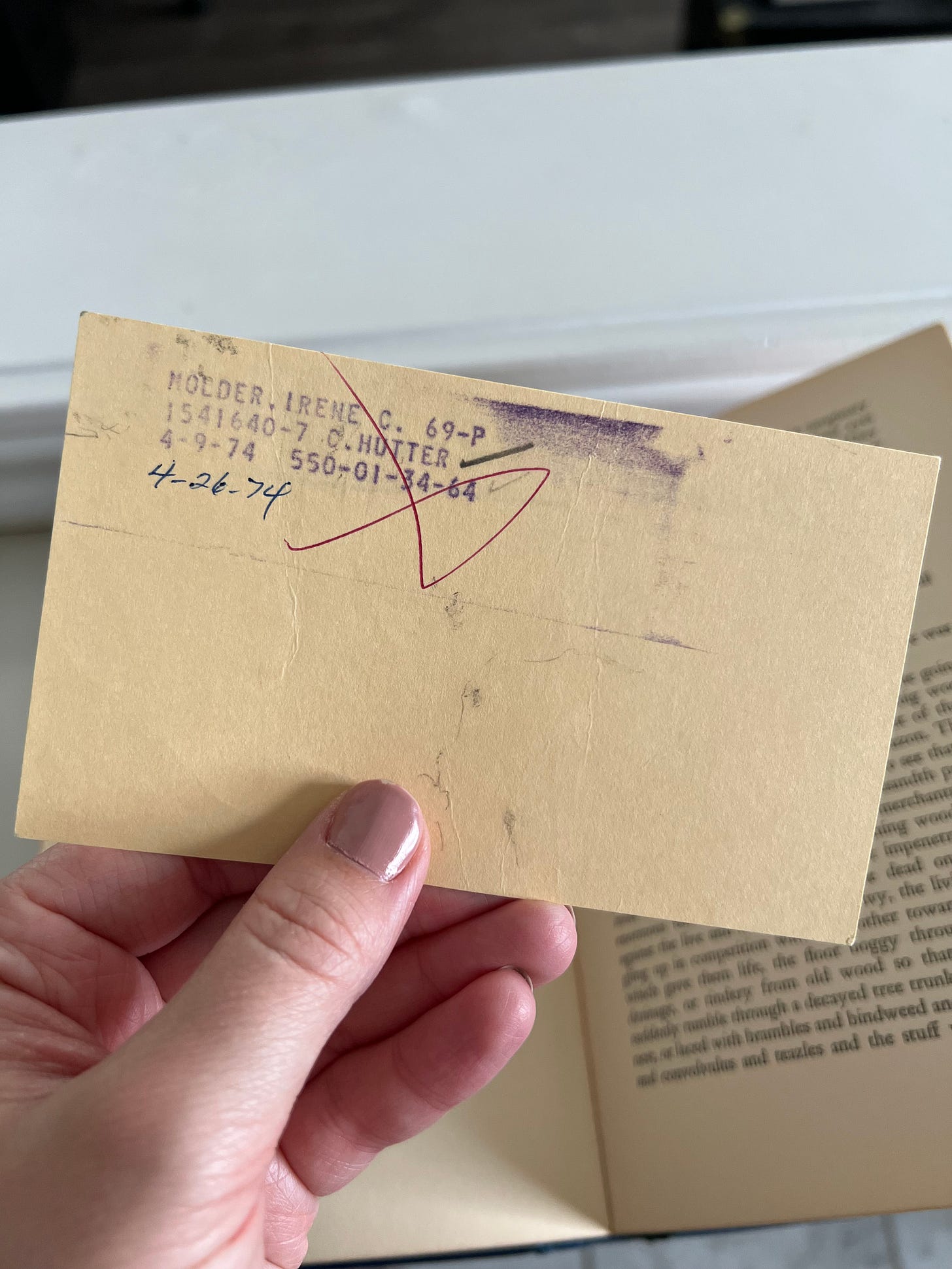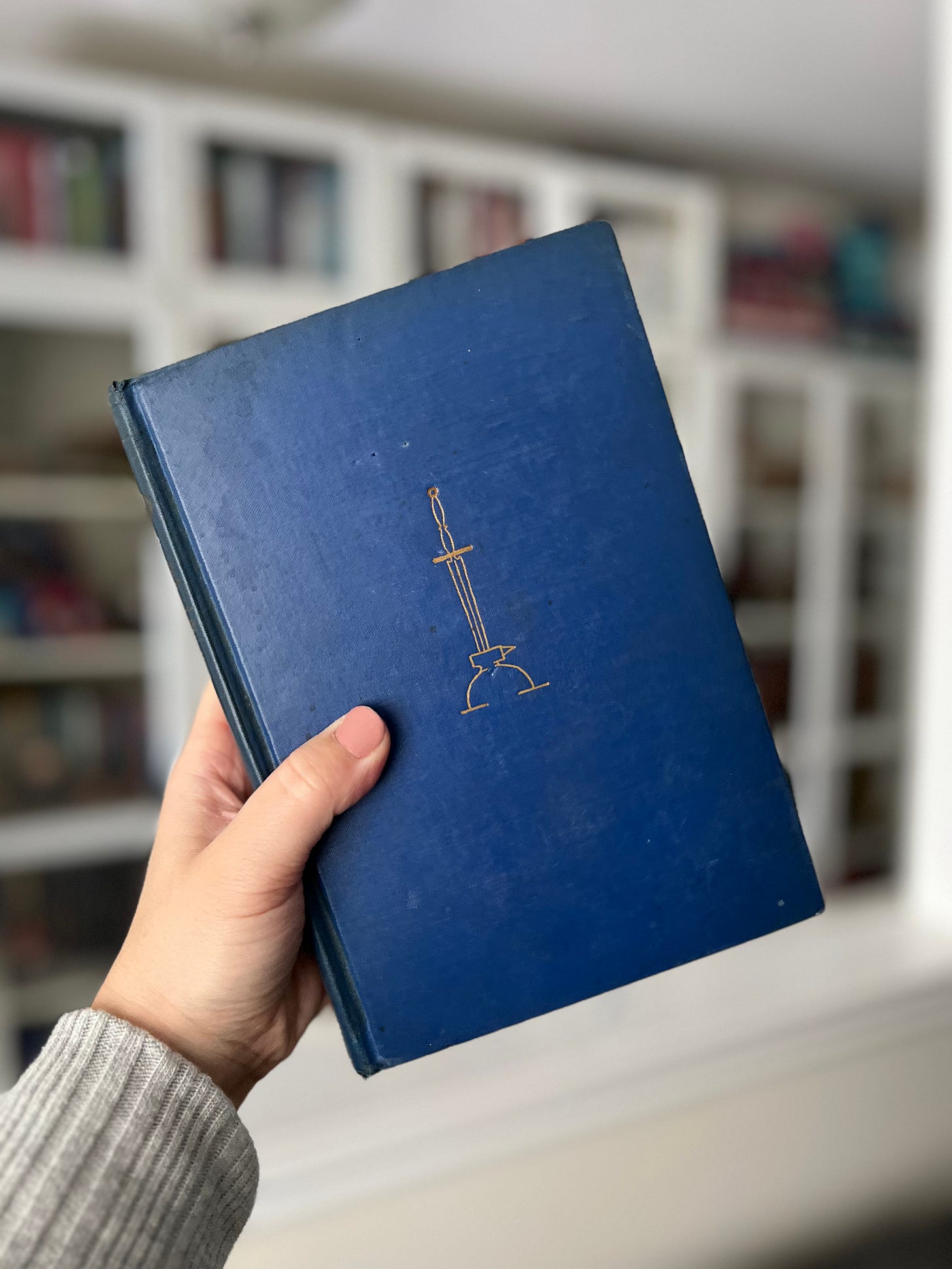I Bought a Discarded Library Book Off eBay...
...and Here’s What It Told Me About The Walt Disney Studio Library!
What can a discarded library book tell us about a library’s past? I asked myself this very question just before hitting the purchase button when I came across a discarded library book that had once been part of The Walt Disney Studio Library’s collection.
The Walt Disney Studio Library was once essential in providing information and inspiration to countless employees at the Disney studio, including artists, designers, lawyers, and many others. If you’re new around here, my research focuses on this once-upon-a-time studio library, and I hope to one day write a book sharing its special little history (you can read more about my research here.
Upon receiving this book, I was excited to take a closer look and see what it might reveal about the studio library’s past. You may still be wondering, how on Earth can a discarded library book tell anyone much of anything?
What I hoped to find inside this particular book were any inscriptions or markings that could shed light on the studio library’s former system of tracking and managing materials. By examining these details, I hoped to gain a better understanding of how these materials were cataloged, borrowed, and used.
Let me walk you through some of my observations and share why this find exceeded my expectations. Yes, I did come across something in particular that truly surprised me, but I’ll save that for the very end!
Cover & Spine
Just from initial observations from the outside of the book, we can see an image of what appears to be a sword sticking out of something. If you guessed that this is a copy of the timeless tale The Sword in the Stone by T.H. White, you’d be right!
On the spine, you’ll find the book’s title, along with an inscription in white that reads “c.5.” This actually indicates the book’s copy number. In a library system, especially in large institutional or research libraries, multiple copies of the same book might be kept to ensure availability for different users. The copy number helps distinguish between them. For example, if the library owned five copies of The Sword in the Stone, each would be labeled accordingly: c.1., c.2., c.3., and so on.
At The Walt Disney Studio Library, this could mean that multiple copies were kept on hand, in case multiple people needed access to the same reference material at the same time. This little detail gives us some insight into how widely used this certain book could have possibly been within the studio.
Inside Cover
The rip inside the front cover likely shows where a book pocket for a library card once was. Before digital cataloging, many libraries used book pockets to track checkouts. Each book contained a pocket holding a library card, where staff would write or stamp due dates. When someone borrowed the book, the card was removed and kept as a record of who had it. This system helped libraries manage their collections efficiently, and it was likely the system the Disney Studio Library used too.
Also located inside the front cover, there is an ink stamp that reads, “Library of the Walt Disney Studio.” This stamp confirms the book’s origins, marking it as part of the studio library’s collection.
Title Page
On the title page, we can see another “Library of The Walt Disney Studio” stamp, as well as a pencil inscription that reads “c.5,” once again indicating the copy number. Below it, written in black ink, is another inscription: “acess. 7412.” My guess is that “acess. 7412” refers to the book’s accession number, which is a unique number assigned to each book when it was officially added to a library’s collection. Libraries used accession numbers to track acquisitions in chronological order, which means this number could provide a clue about when this particular copy was added to the studio library.
At the bottom of the title page, we can see that this edition of The Sword in the Stone was published by G.P. Putnam’s Sons in 1939. I’d like to think that this particular copy was referenced during the making of the beloved film, but there’s no way to know for sure…at least, not at the present time.
It’s possible that the accession number could help determine when this copy was added, and also later removed, from the studio library, if the library tracked books this way and if those records were at all preserved by The Walt Disney Archives. It’s a long shot, but maybe one day, I just might find out!
An Unexpected Surprise
I was aware of some of the markings in this book thanks to the pictures shared by the seller on eBay, however, I decided to carefully flip through the pages, just in case there was anything the seller hadn’t mentioned. To my surprise, I found something of interest—I discovered a library card pressed between the pages!
On one side of the card, a person’s name is written alongside a number sequence. I’m not sure what these numbers mean, but I wonder if they could possibly be a phone number. On the other side, there’s a check-out date and due date listed, along with more names, though different from the one found on the other side of the card.
From my knowledge of libraries, this card appears to be part of the manual checkout system used before digital cataloging became the norm. It not only reflects library operations of the mid-to-late 1900s (yes, I’m referring to the 1950s–1980s in this way, and yes, it makes me feel incredibly old in doing so), but it also offers a glimpse into the manual record-keeping methods once used to track borrowed books and borrower information.
That said, I’m not completely confident that this library card is from the studio library itself. It could be from an entirely different library system altogether, but, nevertheless, I was excited to find it, and I’m eager to learn more about it!
I’m sure there are still things left for me to uncover in this book, especially with the found library card. Though these may seem like minor findings right now, the details inside this discarded book offer a fascinating glimpse into the studio library’s history. This isn’t just a discarded library book, it’s a piece of history.
As always, thank you for taking time out of your day to read my posts like this one. I can see how many of you open your emails, follow along here on Substack, or even make your way over from Instagram to show your support. It doesn’t go unnoticed, and it’s certainly always appreciated more than you will ever know!
By the time this post goes live, I’ll be spending my week off in sunny Florida visiting my folks. I plan on doing a full trip report once I’m back home, but in the meantime, if you want to follow along with my adventures (which will include a little Disney magic), I’ll be sharing some trip highlights over on my Instagram.
Until next time, friends! I hope you all have a magical day 💫


